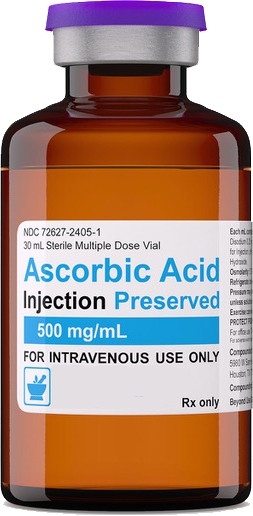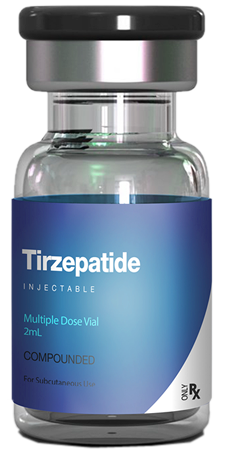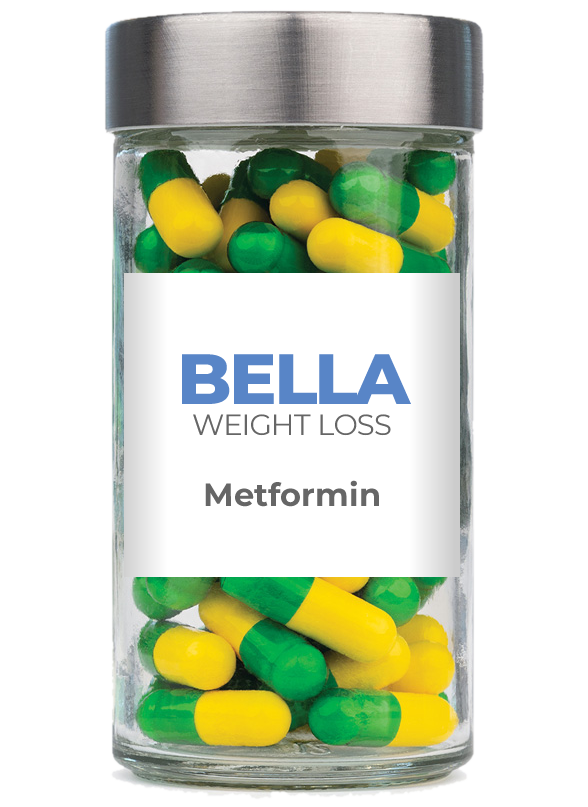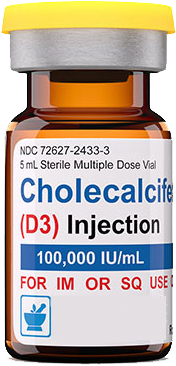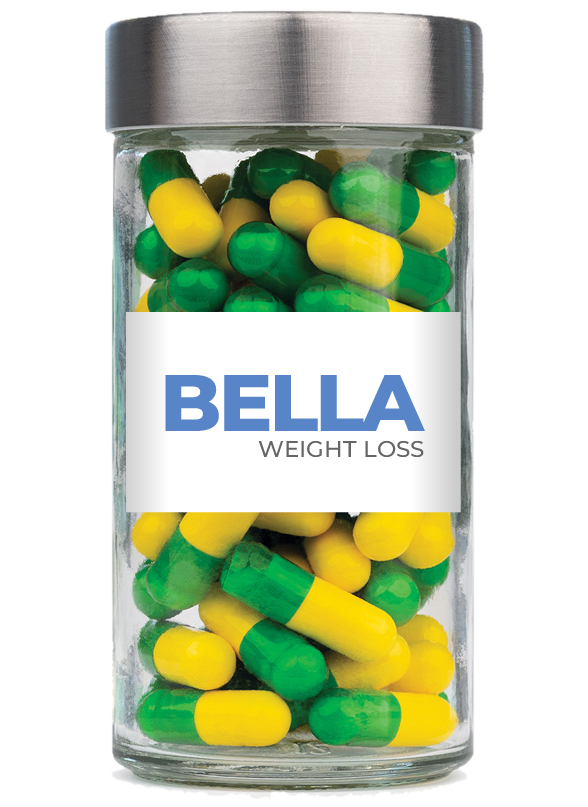Mechanism of Action
Ascorbic acid is necessary for collagen formation (e.g., connective tissue, cartilage, tooth dentin, skin, and bone matrix) and tissue repair. It is reversibly oxidized to dehydroascorbic acid. Both forms are involved in oxidation-reduction reactions. Vitamin C is involved in the metabolism of tyrosine, carbohydrates, norepinephrine, histamine, and phenylalanine. Other processes that require ascorbic acid include biosynthesis of corticosteroids and aldosterone, proteins, neuropeptides, and carnitine; hydroxylation of serotonin; conversion of cholesterol to bile acids; maintenance of blood vessel integrity; and cellular respiration. Vitamin C may promote resistance to infection by the activation of leukocytes, production of interferon, and regulation of the inflammatory process. It reduces iron from the ferric to the ferrous state in the intestine to allow absorption, is involved in the transfer of iron from plasma transferrin to liver ferritin, and regulates iron distribution and storage by preventing the oxidation of tetrahydrofolate. Ascorbic acid enhances the chelating action of deferoxamine during treatment of chronic iron toxicity (see Interactions). Vitamin C may have a role in the regeneration of other biological antioxidants such as glutathione and α-tocopherol to their active state.
Ascorbate deficiency lowers the activity of microsomal drug-metabolizing enzymes and cytochrome P-450 electron transport. In the absence of vitamin C, impaired collagen formation occurs due to a deficiency in the hydroxylation of procollagen and collagen. Non-hydroxylated collagen is unstable, and the normal processes of tissue repair cannot occur. This results in the various features of scurvy including capillary fragility manifested as hemorrhagic processes, delayed wound healing, and bony abnormalities.
Currently, the use and dosage regimen of vitamin C in the prevention and treatment of diseases, other than scurvy, is unclear. Although further study is needed to recommend vitamin C therapy for the following ailments, recent data indicate a positive role for vitamin C for: overall increased mortality; the prevention of coronary heart disease (especially in women); management of diabetes mellitus; reducing the risk of stroke; management of atherosclerosis in combination with other antioxidants; osteoporosis prevention; reducing the risk of Alzheimer disease in combination with vitamin E; and the prevention of cataracts. In humans, an exogenous source of ascorbic acid is required for collagen formation and tissue repair.
Precautions
Ascorbic acid should not be ingested 48—72 hours before amine-dependent stool occult blood tests are conducted because false negatives may occur.
Chronic, excessive doses of ascorbic acid can cause an increase in its own metabolism, which can cause scurvy if normal and supplemental intake are significantly reduced or discontinued. Large doses can also increase the likelihood of oxalate stones in the urinary tract in patients with a history of nephrolithiasis, hyperoxaluria, or oxalosis.
Large IV or oral doses of ascorbic acid have caused hemolytic anemia in some patients with G6PD deficiency (glucose-6-phosphate dehydrogenase deficiency).
High doses of ascorbic acid may interfere with urinary glucose determinations using the glucose oxidase method. Patients with diabetes mellitus should be made aware of the possibility of falsely decreased glucose concentrations with these tests.
Ascorbic acid may increase the risk of iron toxicity in patients with hemochromatosis, therefore, patients with hemochromatosis should limit their intake of ascorbic acid to no more than 500 mg/day. Rarely, ingestion of large quantities of ascorbic acid have been associated with fatal cardiac arrhythmias in patients with iron overload.
Patients with anemia (e.g., sideroblastic anemia, thalassemia) may experience decreased iron absorption during high dose ascorbic acid therapy. High doses of ascorbic acid may precipitate a crisis in patients with sickle cell anemia.
Pregnancy
Ascorbic acid, vitamin C is classified as pregnancy category C. Umbilical cord blood concentrations are 2—4 times higher than those of maternal plasma levels. Adverse effects have not been reported with the normal daily intake of ascorbic acid, vitamin C within the recommended dietary daily intakes for a pregnant female. The use of ascorbic acid, vitamin C in excess of the recommended dietary allowance during normal pregnancy should be avoided unless, in the judgment of the physician, potential benefits in a specific, unique case outweigh the significant hazards involved.
Breast Feeding
Ascorbic acid, vitamin C is distributed into breast milk. Use of ascorbic acid, vitamin C within the recommended daily dietary intake for lactating women is generally recognized as safe. In mothers not taking vitamin C supplements, vitamin C in human milk in the first 6 months of lactation varied from 34—83 mg/L. In mothers taking vitamin C supplements ranging from 45 to > 1,000 mg/day, vitamin C content of human milk varied from 45—115 mg/L. Consider the benefits of breast-feeding, the risk of potential infant drug exposure, and the risk of an untreated or inadequately treated condition. If a breast-feeding infant experiences an adverse effect related to a maternally administered drug, healthcare providers are encouraged to report the adverse effect to the FDA.
Interactions
Ascorbic acid is necessary for many physiologic functions, including the metabolism of iron.18 The absorption of nonheme iron (primarily from plant sources) from the intestinal tract depends on iron being in its reduced form. (Heme iron, found in meat, fish, and poultry, appears to be absorbed intact.) Ascorbic acid, by maintaining iron in the ferrous state, can enhance the absorption of oral iron, however, the magnitude of this increase is in the range of 10% and only occurs with doses of ascorbic acid, vitamin C of 500 mg or greater. Healthy individuals usually absorb iron supplements (e.g., iron salts or polysaccharide-iron complex) adequately from the GI tract, but some patients may benefit from receiving supplemental ascorbic acid with each oral iron dose.
Patients should be advised not to take ascorbic acid, vitamin C supplements along with deferoxamine chelation therapy unless such supplements are prescribed with the approval of their health care professional. Patients with iron overload usually become vitamin C deficient, probably because iron oxidizes the vitamin. Vitamin C can be a beneficial adjunct in iron chelation therapy because it facilitates iron chelation and iron complex excretion. As an adjuvant to iron chelation therapy (e.g., deferoxamine), vitamin C (in doses up to 200 mg/day for adults, 50 mg/day in children < 10 years of age or 100 mg/day in older children) may be given in divided doses, starting after an initial month of regular treatment with deferoxamine. However, higher doses of ascorbic acid, vitamin C can facilitate iron deposition, particularly in the heart tissue, causing cardiac decompensation. In patients with severe chronic iron overload, the concomitant use of deferoxamine with > 500 mg/day PO of vitamin C in adults has lead to impairment of cardiac function; the dysfunction was reversible when vitamin C was discontinued. The manufacturer of deferoxamine recommends certain precautions for the coadministration of vitamin C with deferoxamine. First, vitamin C supplements should not be given concurrently with deferoxamine in patients with heart failure. Secondly, in other patients, such supplementation should not be started until 1 month of regular treatment with deferoxamine, and should be given only to patients receiving regular deferoxamine treatments. Do not exceed vitamin C doses of 200 mg/day for adults, 50 mg/day in children < 10 years of age, or 100 mg/day in older children, given in divided doses. Clinically monitor all patients, especially the elderly, for signs or symptoms of decreased cardiac function.
Side Effects
Oxalate, urate, or cystine renal stones causing renal tubular obstruction, characterized by costovertebral pain or lower back pain, can occur following large doses of ascorbic acid. Hyperoxaluria develops in 5% of patients taking large doses. Patients at an increased risk are those with renal disease, on hemodialysis, or with a history of nephrolithiasis.
Ascorbic acid is generally nontoxic. Adverse reactions that have been reported include flushing, headache, nausea/vomiting, and abdominal cramps. Diarrhea has resulted from oral dosages of more than 1 gram daily. Dizziness and faintness can result from rapid administration of IV ascorbic acid.
Hemolytic anemia due to hemolysis has been observed in some patients with glucose 6-phosphate dehydrogenase (G6PD) deficiency after receiving large IV or oral doses of ascorbic acid. In rare cases, sickle-cell crisis has occurred in patients with sickle cell disease because of decreased blood pH.
Excessive use of chewable ascorbic acid formulations can lead to dental caries or sensitivity from the breakdown of dental enamel.
Storage
Store this medication in a refrigerator at 36°F to 46°F (2°C to 8°C). Keep all medicines out of the reach of children. Throw away any unused medicine after the beyond use date. Do not flush unused medications or pour down a sink or drain.

